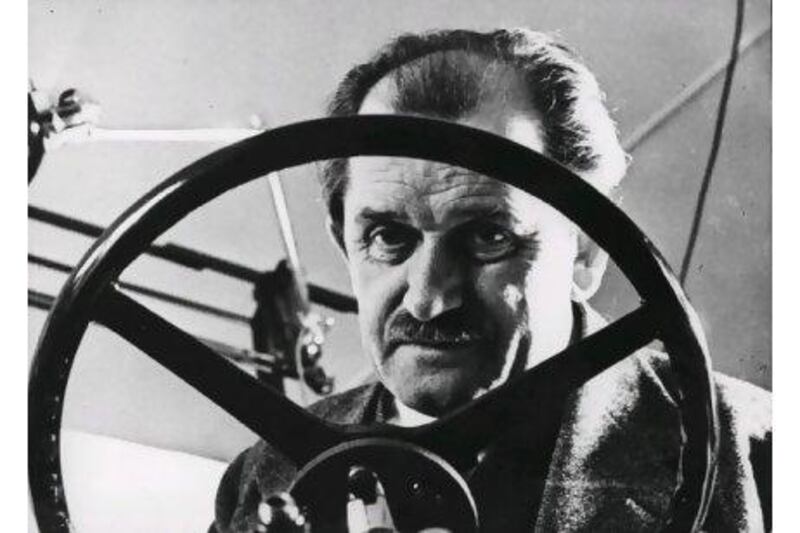The life and career of Ferdinand Porsche is one of the most fascinating and intriguing in the annals of motoring history. Creator of one of the most exclusive marques on the road, he found fame and fortune designing the people's car. Though Porsche became synonymous with speed, he was the inventor of the world's first hybrid; though his cars are among the most beautiful and streamlined on the road, he spent several years as head of the Tank Commission under the Third Reich; though he was lavished with honours, he spent time behind prison bars. His was a life of contrasts and challenges.
Born in 1875 in the Austro-Hungarian empire, the young Porsche joined an electrical firm in Vienna, inventing the electric hub motor. Then he moved to Lohner & Co, which built elegant, custom carriages for the royal houses of Europe. He designed its first electric carriage that required an astounding 1,800kg of lead-acid batteries and even then struggled to drive up hills. Porsche's solution was to combine battery power with an internal combustion engine, in so doing inventing the hybrid car. It was this invention, engineering acumen and eye for smart design that was to see him recognised as car engineer of the century by the Global Automotive Elections Foundation in 1999.
His connection with royalty continued when he was conscripted into the imperial army in 1902 and was a chauffeur for Archduke Franz Ferdinand. Twelve years later, thankfully with Porsche no longer behind the wheel, this dashing aristocrat was assassinated in Sarajevo, an act of terrorism that lit the fuse that sparked the First World War.
After spending 20 years at Daimler (later Mercedes-Benz), during which time he brought unprecedented success on the track, he left for new challenges until, in 1929, like many men across the world, Porsche found himself unemployed and penniless after the Wall Street crash. In Germany, hyperinflation ran so out of control that people used Deutschmarks to cover their walls as it was cheaper than paper. In such times one needs influential friends and Porsche came under the wing of his fellow countryman, a certain Adolf Hitler.
Hitler had a project to beat the depression, modernise Germany and bring international awe and approval for his Reich. He wanted to create a "people's car" that every German citizen could own and be proud of. And he wanted Porsche to design it. Porsche signed the contract for what would become known as the Beetle in 1934. In a very shrewd piece of business, Porsche negotiated a small percentage royalty on every Beetle sold. He could not have imagined that production of his awe-inspiringly simple design would eventually top 22 million. With his financial future secured, he could think about his own models under his own name.
As with other motoring pioneers such as Louis Renault and William Morris, Porsche turned his genius to the national and military cause. Over the course of the war he designed armoured cars, tanks, guided missiles and even fighter planes for the Luftwaffe. Unlike many of his motoring contemporaries, his war was one of committed service rather than forced acquiescence. Indeed, it is widely believed that Porsche was involved in and possibly even oversaw forced slave labour in wartime factories. Though there is little research or evidence of factory conditions by the end of the war, Volkswagen's factory force was 90 per cent non-German, conscripted from occupied and displaced territories.
Having won international renown for the Beetle, Porsche had been offered an unlimited budget to develop a people's car for Communist Russia over lunch with Joseph Stalin. Having declined this offer, perhaps the biggest design commission in motoring history, he was invited to a meeting to design such a car for France at the conclusion of the war. However, this was just a ruse to snare him and he was arrested for war crimes, having made several visits to Peugeot factories during the war. Held in a Dijon prison for 20 months, his son kept the business going and managed to raise US$62,000 for his release.
By now an old man in failing health, Porsche worked with his son to create the first mainstream model that would carry his name. The iconic, Beetle-inspired 356 was launched in 1949, two years before his death. His son, Ferry, also a very talented engineer, built the brand and established it as one of the most revered on the road. In 1963, he assured the long-term future of the company by unveiling the legendary 911.






